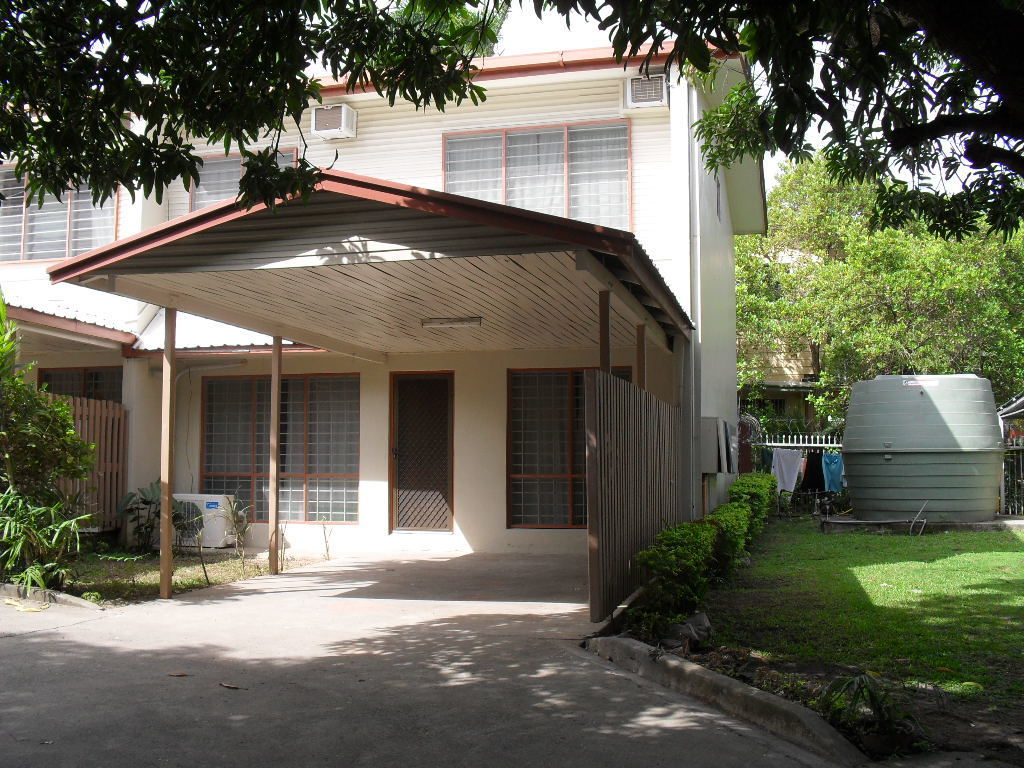There's quite a number of moving parts to go by, when buying and holding a property. This typically leads to the question, "where do you even begin?"
If you're a newbie property investor and you're wondering what success looks and sounds like in real estate, start with the 1% rule; it's your best foot forward. But here's the catch: there's a time and place for everything and it also applies to the 1% rule.
For starters, this rule of thumb in real estate investing follows a simple calculation process, and what one would like to call a “metric baseline”. It comes with the added advantage of giving you a good idea of whether or not a rental property is worth your investment.
This in mind, we begin part one of this two part article covering:
-
How the 1% rule can help you pilot the property evaluation process
-
What the 1% rule is all about
-
Putting the 1% rule into perspective
-
The importance of the 1% rule in evaluating investment properties
-
Examples
The 1% Rule Can Help You Pilot The Property Evaluation Process
As a first time real estate investor, your goal may stem from your desire to maximize your cash flow, create room for passive income, establishing a property portfolio, or become financially independent, or an integration of the whole lot.
Regardless, they're achievable and, at best, require a great blueprint to reach reality. This is where the 1% rule comes into high gear.
For instance, say you found yourself with a buy and hold property purchase, the next phase in your decision should be all about the 1% rule.
The math behind this metric will certainly set you on the path towards milk and honey. Even though it is wise not to rush into a deal that solely revolves around the 1% rule, by and large is an excellent screening tool for real estate investment deals.
The 1% rule, in general, saves you a lot of time and money when analyzing investment properties.
What Is The 1% Rule?
This is a simple investment calculation that's designed to propel an investor towards an inclination, resting on the premise that the property of interest has the outright proclivity to generate a gross monthly rental cash flow no more than 1%.
This figure will reflect the total purchase price. Some investors, however, have the habit of including upfront costs of renovations in the equation, and it's not an issue, really. In fact, it's advisable.
This criterion integrates the logic needed to determine if the projected gross cash flow is high enough to account for monthly expenses, at the same time offering the investor a golden dish of positive cash flow.
Bringing The 1% Rule Into Perspective
To make clear what the 1% rule is all about, consider the following example where the asking price is K350,000. What you want to know is if investing in this property will bring you a handsome ROI, through analyzing the monthly rental cash flow.
Purchase Price x 1% = Monthly Rent
K395,000 x 0.01 = K3950 per month
Now, depending on your expected forecast, in this scenario your monthly rental income will be K3950.
From the example, you can see that this baseline calculation is a starting point analysis that gives an investor the room to decide if the property analyzed makes sense, and if further analysis is required.
Example 1 - A Property That Meets The 1% Rule
A newbie investor looking to establish himself in real estate is considering a property going for K250,000 (an assumption). The pull factor in this case is the property's condition and the neighborhood it is located in, which adds up to a reasonable K2,500 a month.
This indicates that not only has the property passed the 1% rule, but also incites further evaluation just to ensure it bears all the markings of a good deal.
Example 2 - A Property That Does Not Meet The 1% Rule
As much as the investor would love to invest, the cap rate is sadly low at K1,500 per month. This means that this property does not pass the 1% rule, which is K5,000 a month, thus, not a worthy investment in that part of town, because of the fact that its monthly rental income is below K3,500. (K5,000 - K1,500).
The Importance Of The 1% Rule In Evaluating Investment Properties
Investors evaluating buy and hold properties such as single-family homes, duplexes, and triplexes etc., will normally begin with the 1% rule which puts them on the path not to righteousness, but to success and are justified by the following reasons:
1. The Starting Point For Evaluating Buy And Hold Properties
This particular rule of thumb in real estate investing serves as a gateway to analyzing and distinguishing an investment property's financial risk from its profit-making potential.
Executed correctly, the 1% rule can result in deals that are streamlined, efficient and profitable in all respects. In the process, investors will also discover that they can easily eliminate properties having the characteristics of low cash flow potential.
For instance, a new investor finds himself with twenty properties to view. He applied the 1% rule calculation and was able to determine which ones were worth the hassle, in no time.
He now has enough time to go through those that are worth his time and investment intentions.
2. Determines if there is a Baseline Cash Flow that Makes Sense
While a handful of factors fall in line when calculating the cash flow of a buy and hold property, the 1% rule turns out to be the consummate plateau on which to determine if the cash flow - no less - makes sense ahead of time.
Supposedly your 1% rule calculation reveals that you should entirely focus on a much higher rent than what you can collect at the moment, it's an indication that you'll be falling short of your expectations once your mortgage and operating expenses are paid. This tells you clearly that the deal is not worth pursuing any further.
Ultimately, the chances of you becoming an investor with a goal to surge ahead in your financial game will be high.
In this vein, you will want to ensure that a real estate asset has the potential to reap a favorable monthly net income, setting you apart as a successful investor from the others as hit-or-miss investors.
3. Helps Set Target Rental Rates
When it all boils down to setting your target rental rates, it can be quite intimidating, especially when you have to account for influential factors such as location, proximity to amenities and so forth.
At this stage, it's imperative that the fine print of a rental agreement has within itself the final figure of what you intend to charge as your rental rate, and mirrors an achievable positive cash flow.
This is where the 1% rule serves as a handy guide in decoding your target rent tag. Hence, the 1% rule dictates that your rental amount for the property in mind should be greater than, or equal to 1%, in order to qualify as a good deal.
This particular metric buffer is largely effective in creating good opportunities for building wealth after all the qualifying expenses have been settled.
Here is an example of the 1% rule to elaborate on the above points:
Let's say you've stumbled upon a single-family home going for K300,000 on the market, and you want to turn into a rental property. You do your math using the 1% rule to determine how much your rental rate should be, and end up with K3,000 a month. Immediately, you knew that this is an excellent deal that will earn you a positive cash flow. So you pursued the deal further and closed it, after the property also satisfied other relevant criteria.
After buying the house, you placed your tenant, and began your first month of rental. As expected, the beginning month earned exactly what you had in mind. This enabled you to pay off your monthly mortgage of K1350 (assumption) and other qualifying expenses totaling K1095, leaving you with a total net income K555 (K3,000 - K2445). In this case, you realize that the 1% rule actually helped predict a positive cash flow, and deemed the property worthy of your investment.
While the opposite is true, do you see the usefulness of the 1% rule in evaluating real estate for rent?
We hope you liked this article. Please stay tuned next time for part two where we’ll conclude with the pros and cons of the 1% rule, and what you should consider next after your rental property passes this rule of thumb.
Disclaimer:
This article is meant for informational purposes only and is not intended to be construed as financial, or investment advice. Hausples encourages you to reach out for professional help regarding your own real estate situation.











Comments